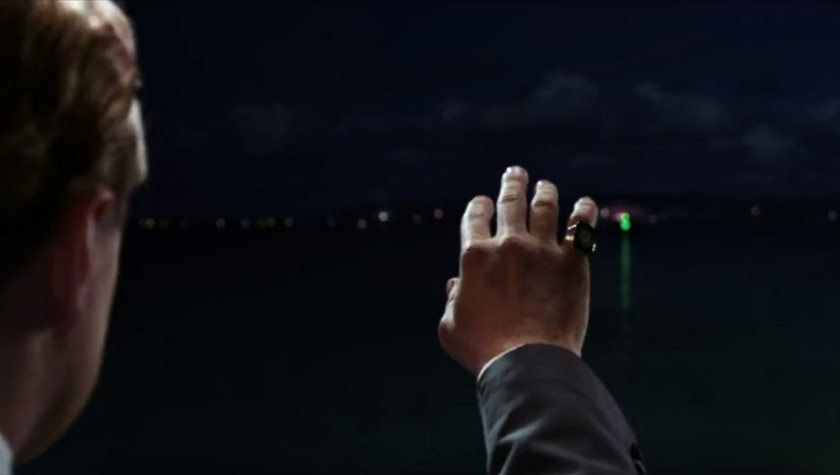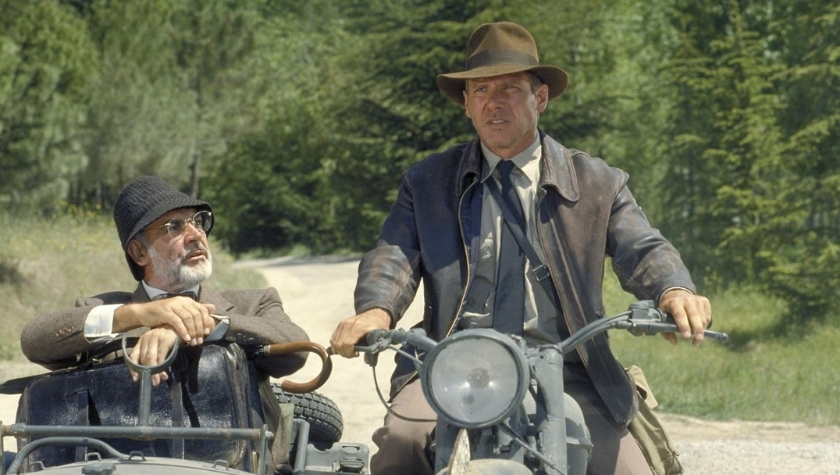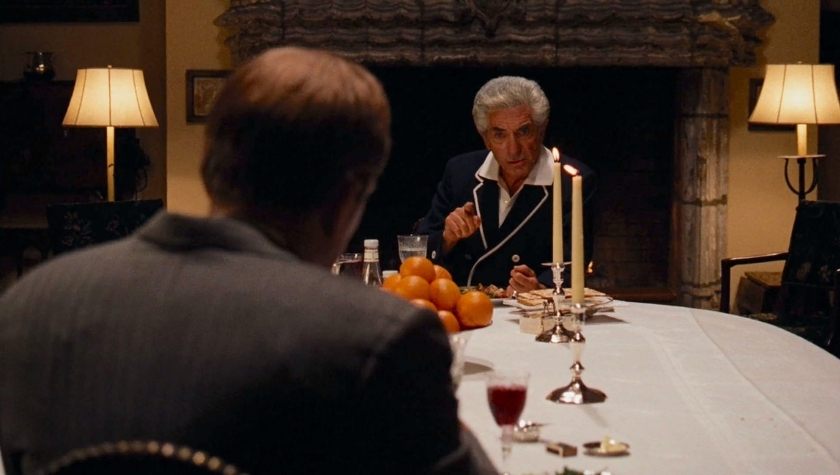What is a Motif?
A motif is a reoccurring pattern or element that appears within a larger work or structure. Motifs can be found in many things: film, literature, music, visual art, computing and even biochemistry. In the example of music, a motif is a short melodic passage that periodically appears throughout a composition. In literature, motifs are repeated images or phrases that help reinforce the main theme. The same can be said for cinema or any form of storytelling.
Theme vs. Motif
Sometimes a motif gets confused for a theme in storytelling. While themes and motifs are related and work together, they are independent narrative devices. A theme is the central idea or underlying message of a story. Whereas a motif exists to reflect or illuminate the theme. A motif can be an object that reappears throughout the story or a certain phrase that’s uttered repeatedly. Motifs can cause the reader or viewer to ponder their significance and, in doing so, make them think about the story’s theme or themes (some stories, like The Great Gatsby, have multiple themes).


Symbol vs. Motif
A symbol is an object or image that represents something deeper than what it appears to be on the surface. Although the same can be said for a motif, a symbol doesn’t necessarily have to be repeated in a creative work. Whereas one of the main characteristics of a motif is that it’s repeated throughout. Therefore a motif can be a symbol, but it needs to be a reoccurring one. For example, the green light in The Great Gatsby is a reoccurring image that represents Jay Gatsby’s elusive dream (as well as the collective American Dream). Similarly a motif can work as a metaphor, but a metaphor doesn’t necessarily have to be repeated. Even in storytelling, motifs are musical in nature, and it’s in their placement and repetition their significance manifests.
Motif in Film
Motifs in film work similarly as they do in literature and serve a similar purpose. However, film being an audio/visual art form, there are various motifs that can appear, including musical motifs representing a certain character or concept (e.g. “The Imperial March” serving as both a musical cue for Darth Vader and the Dark Side).
Dialogue motifs are a reoccurring line or phrase that characters utter throughout a film. Sometimes there can be a dialogue motif that appears in a series of films as in the case of the Star Wars saga (e.g. “I have a bad feeling about this.”). Oftentimes, this is merely done as a gag, but a dialogue motif can also help to bring attention to the film’s theme. For example, in Indiana Jones and the Last Crusade, Henry Jones Sr. repeatedly calling Indiana “Junior” to our hero’s annoyance reinforces the father/son dynamic at play.
Films can also include visual motifs in which an object, an action or even a specific color scheme reappears throughout. Although this can sometimes be done just to create a desired mood or aesthetic, as in most narrative storytelling, visual themes are often used by filmmakers to help illuminate certain themes: not the plot of the film but the deeper meaning underneath. A filmmaker might even choose to link a visual motif with a music or dialogue motif, further stressing the themes and ideas they wish to express.


Film Motif Examples
Both dialogue and visual motifs can be found throughout Psycho. One of the most pronounced motifs involving birds, suggests the role and fate of the two primary characters: Norman Bates and Marion Crane. First, Marion’s last name is a bird (a crane) and during their motel parlor scene together, Norman comments that Marion eats “like a bird.” There are also striking visual motifs during this scene in which Norman’s stuffed birds not only represent his dual nature (the birds divided between passive and predators), but there’s foreshadowing as the characters talk: a deathly crow visible in Marion’s shot; a predatory owl in Norman’s shot.
Arguably the most oft-cited visual motif in cinema are the oranges in The Godfather. Ironically this brightly-colored fruit acts as a harbinger of death in the classic film. Before the horse head is found in Jack Woltz’s bed, an orange is visible on the table where he eats dinner with Tom Hagen. Vito Corleone is shot while buying oranges from a street vendor (the oranges scattering about). A billboard for oranges is visible right before Sonny is ambushed and killed. Johnny Ola gifts Michael oranges, just before Sollozzo and Barzini plan to kill him. Vito dies of a heart attack while playing with his grandson in his garden, an orange peel in his mouth.
Another visual motif is the red, white and blue color scheme that’s prominent in Brian De Palma’s Blow Out. The film deals with a political conspiracy and the death of innocence and belief in American institutions, so the red, white and blue evokes more than the U.S. flag seen throughout the city to promote the “Liberty Day” celebration. From the clothes the characters wear to their environments, the film is saturated with red, white and blue, making it clear this is a deliberate visual motif to enhance the main theme. The final and tragic set piece is also bathed in red and blue via the fireworks exploding in the sky. These patriotic colors are in ironic contrast to what’s unfolding on screen: Jack Terry becoming cynical of institutions that appear to be corrupted beyond repair.
Motifs don’t always have to be subtextual (as in the above examples). Sometimes they can be a significant object or reoccurring plot element (aka a story motif). For example, the totems in Inception can be categorized as both a visual and story motif. The protagonist Cobb and his team each have individual totems that help them distinguish if they’re in a dream or not. Cobb’s top — perpetually spinning if in a dream — is a reoccurring visual in the film and the focus of its final image. Whenever the top appears it reinforces the film’s main theme: the ambiguity of reality.


Using Motifs in Your Screenwriting
When writing your screenplay never forget how film is an audio/visual art form and there are various opportunities to tell a layered and compelling story with the use of motifs. Like breadcrumbs scattered about for the reader, an effective motif will engage them and make them an active participant. This is desirable because the more you involve the reader, the more emotionally engaged they’ll become with your script. They’ll think about certain patterns that appear and start to piece things together in their mind.
So whether you’re in the outlining stage or going to script, think about what your primary themes are and how to reinforce these ideas to the reader. By utilizing various types of motifs (dialogue, visual and story), you can underline your themes and add depth to your script.
Motifs are just one of many narrative tools you can use to tell a story and ultimately that’s what a screenplay is: a story written for the screen. The more you think in these terms, the stronger your writing will become.

